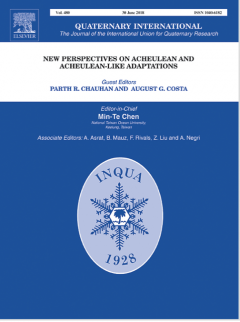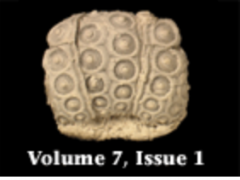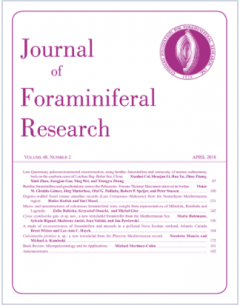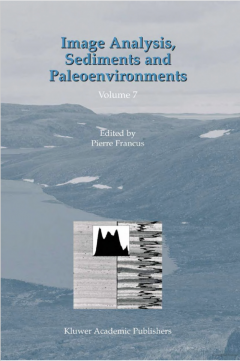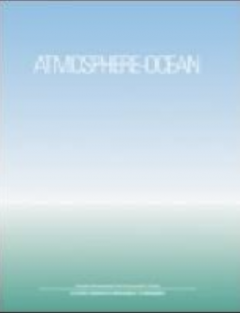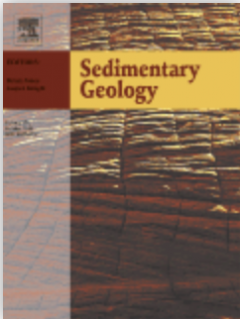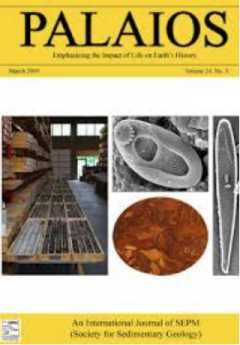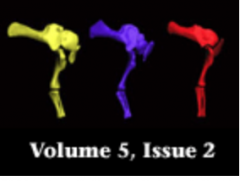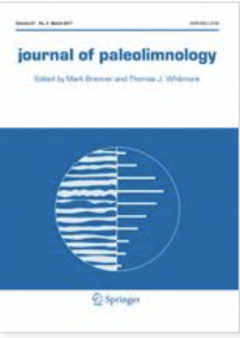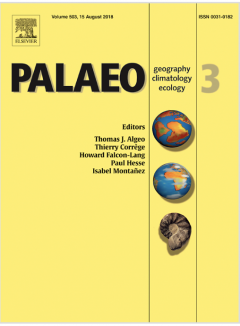Prokoph and Patterson. 2004. From depth-scale to time-scale: transforming of sediment image color data into high-resolution time-series. In: Francus, P. (ed.) Image Analysis, Sediments and Paleoenvironments. Developments in Paleoenvironmental Research Series 7, chapter 8, Springer, Dordrecht, pp. 143-164. https://doi.org/10.1007/1-4020-2122-4_8
High-resolution time-scales are important for the precise correlation of spatially distributed geological records, and further development of process-oriented models used to predict climate change and other terrestrial processes. The extraction of digital line-scan data from images of laminated sediments provides a tool for the rapid and non-invasive analysis of sedimentary records, including sediment and ice cores, and tree ring growth patterns.
The four-step semi-automatic methodology is based on wavelet and other transforms to transform digital line-scan image data from laminated sedimentary successions, from a depth-scale into a time-scale using narrow-bandwavelet analysis with Morletwavelet as the “mother” function, and additional linear transform and interpolation algorithms. Using the same method high-resolution time-series of lamination (i.e., varve) thickness and sediment color are extracted, providing useful information on paleoenvironmental fluctuations during the sedimentation.
With this methodology, it is possible to (1) extract temporal variability in sedimentation rate and climate proxy signal (e.g., image color, mineral composition) even if the wavelengths of the signals overlay each other, (2) extract a high-resolution time scale, and (3) extract original temporal variability in periodicity, abrupt changes and phase shift with?`2% accuracy error. Furthermore, it is possible to connect samples (e.g., geochemical, paleontological) taken from the sedimentary section precisely to the constructed time-scale.
The extraction of high-resolution time-scales using variations in image colors from laminated sediments is only dependent on:
– the presence of a well-defined extraterrestrial periodic cyclicity (e.g., annual rotation of the Earth around the sun) in the entire sedimentary succession to be analyzed,
– continuity of this signal in the digitised sediment image or succession of images,
– a requirement for at least 4 data points (pixel) covering the thinnest lamina, and
– the requirement of one or more tie-ages (e.g., radiocarbon dating) to fit the relative counts into an absolute time-scale.
